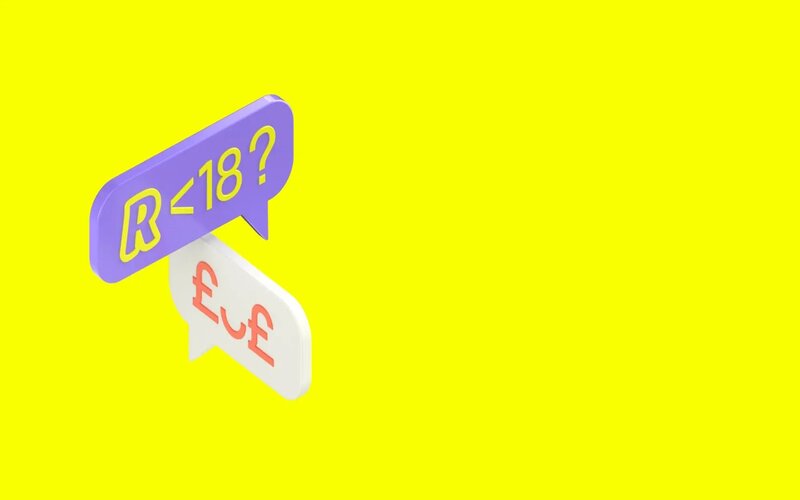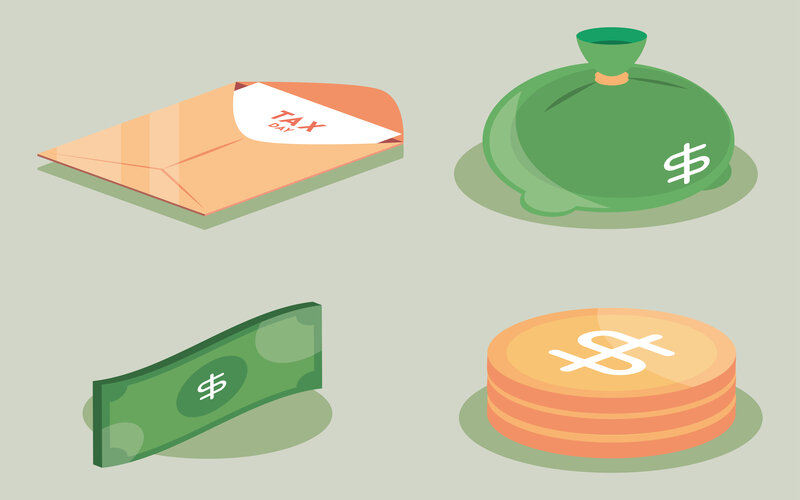The federal government would have us believe that Australia is a low-taxed nation by international standards. This may (or may not) be the case. Some theorists argue high tax rates in many European nations artificially inflate the global average. But taxes have remained a source of contention throughout history, triggering a litany of bloodshed and revolts over many centuries. While we may be a little less reactionary in modern Australia, most of us are not particularly fond of taxes and nothing quite sparks an outcry like a change in the tax regime.
The Centre for Independent Studies (CIS) keeps a close eye on Australia’s taxation system and, in April 2024, released a new study finding the nation’s tax rates continue to steadily increase. It should be pointed out CIS is a centre-right leaning thinktank that has been calling for a more efficient, less burdensome tax system for many years. Nonetheless, its latest research paper The Truth About the Tax Burden raises some interesting points.
Australia’s ‘tax burden’
One count puts the number of different taxes in Australia at 125, although just 10 of them account for around 90% of tax revenue, the study found. These are not just federal government taxes but also those levied by state and local governments who, collectively, stand to collect an estimated $29,700 for every adult and child in Australia this financial year. The report’s author Robert Carling (pictured below) - an economist who has previously worked with the federal treasury, the World Bank, and the International Monetary Fund - ran Australia’s taxation numbers through six different measurement models.
Under one model, the study finds Australians are on target to pay 30% of gross domestic product in tax through the current 2023-24 financial year. Apart from the Second World War when taxes were high to finance the war effort, the highest this figure has ever been in Australia was 30.3% in 2000-01. It’s hovered around an average of 28% since the 1990s. Before that, during the 1950s and 60s, the average was considerably lower. Below is an illustration of tax as a percentage of GDP at market prices since 1971.
Source: The Truth About the Tax Burden, The Centre for Independent Studies
While there are drops coinciding with the ‘recession we had to have’ in the early 90s and again during the GFC, apart from a stumble during COVID, taxes as a percentage of GDP (at market prices) have been trending higher ever since, the study found.
What is tax freedom day?
Another measure of tax to income ratio is ‘tax freedom day’, which is the first day of the calendar year when you hypothetically start earning money for yourself after working to pay your taxes for the year up front. The model was developed in the US counting all taxes paid, not just income tax, and has been used as a comparison model between countries.
This year in Australia, tax freedom day is on target to be 20 April - or 109 days working to pay the government until you get to begin pocketing your own income. The measure peaked at 22 April in the 2000s - or 111 days. It was more than a month earlier in the late 1960s.
Tax on households
Under the study’s four other calculation models, Mr Carling puts the current tax rate as a proportion of household income at somewhere between 35-45%, “much heavier than most people would realise”, he suggested. The higher figure takes into account the views of many tax theorists who claim even taxes levied on businesses are ultimately passed on to individuals in the form of higher prices for goods and services, lower wages, and lower shareholder dividends.
The Australian Bureau of Statistics has published data on tax revenue per capita for many years although its latest figures are for 2021-22. During that period, total tax per capita was measured at $26,501 for every person in Australia. Of that, $21,365 was federal government tax with $5,171 going to state, territory, and local governments.
That will rise to $29,700 this financial year, the study projects, with the growth rate rising more sharply over the past decade, as illustrated below:
Source: The Truth About the Tax Burden, The Centre for Independent Studies
The ABS figures put the average growth rate in real tax per capita over the past 20 years at around 1.5% per year. By comparison, growth in real GDP per capita has slowed from around 1.2% in the past two decades to around 1% over the last 10 years. This means the tax rate has increased at a faster rate than real per capita income, the study found.
Federal budget papers in recent years concur, even though the numbers are only for federal taxes. They put the rise in real per capita federal tax receipts at 1.4% a year over 20 years and 2.2% a year over the decade to 2023-24, according to the study.
Will the Stage 3 tax cuts ease the tax burden?
The short answer is that they will, but not by as much as it appears – and only for a limited time, according to Mr Carling.
The study found the federal government’s so-called stage 3 tax cuts for low- and middle-income earners, due to take effect on 1 July, will only account for about 3% of a year’s total taxation. In a previous paper on the tax cuts, Mr Carling said bracket creep resulting from the cuts will eventually affect average overall tax rates even when incomes are only rising with inflation.
“The government’s Stage 3 tinkering might buy those taxpayers who benefit some more time … but not much,” the paper concluded.
So where does it all end?
Sorry to be the bearer of bad news, but Mr Carling concludes there is no sign of an easing in taxation rates on the horizon. He told Savings.com.au the key reform needed to effectively reduce tax on both individuals and companies is to bring income tax down.
“Our dependence on income tax is excessive,” Mr Carling said. “The question is how to lower it without putting budgets into permanent deficit.”
The answer, according to Mr Carling, is not so much in tax reform but expenditure reform.
“The first step is to reduce government expenditure,” he said. “Governments need to be much more disciplined in their expenditure management if we are to get tax down in a sustainable way.”
Mr Carling cites the National Disability Insurance Scheme as one program that has blown out government spending in recent years. According to government budget papers, the NDIS is expected to cost more than $41.9 billion dollars in 2023-24, a growth rate of more than 14% over the previous year. It is now the fastest-growing area of government expenditure.
While the federal government is currently looking at ways to rein in NDIS spending, Mr Carling suggested there has been little impetus to cut overall expenditure while federal government tax receipts continue to rise.
“The tax burden has increased in the short term because of high commodity prices – especially iron ore – and strong growth in employment and wages since the pandemic, and associated bracket creep, and the federal government has enjoyed raking in the revenue so that it can report a budget surplus,” Mr Carling said.
“In the long term, the tax burden has increased because government expenditure has increased.”
What is the solution?
Many economists, analysts, and punters have their own views on tax reform. Australia has seen various taxation reviews over its recent history although only few have resulted in significant reforms. But, according to Mr Carling, they have been useful in putting some good ideas on the table.
“Even if such ideas are not acted on by governments immediately, they can sit there to be acted on later,” he said. “The GST is an outstanding example of that – first floated by a review in the early 1970s, but not implemented until 2000.”
“But not all the ideas from these reviews have been good, and not many of the good ideas have been picked up by governments.”
So, what is his key reform in the current economic climate?
“The key tax reform in my view is to get income tax down – both personal and company,” he said.
He also nominated the scrapping of various small taxes, including the luxury car tax, but the “big one”, he said, is stamp duty on real estate transfers, which has been widely criticised by many economists.
“This is basically a transactions tax which discourages efficient property transactions and choices. But it is a big revenue earner for state governments and would need to be replaced with something else, most likely a broad-based property value tax like the existing narrowly based land tax.”
While some economists nominate the introduction of new taxes, such as a death tax and a wealth tax, Mr Carling doesn’t agree.
There are no major tax reviews currently on the agenda in Australia. The last one, the Henry Review, published in 2010, made 138 recommendations, of which only a handful were endorsed and implemented. Some of those have since been rejigged beyond recognition or scrapped altogether, including the ill-fated Resource Super Profits Tax.
So, until a new tax reform is pulled from the shelf of old ideas, it seems there is nothing to be done except to keep paying our taxes. Along with the proverbial, nothing is as certain.
Image by Towifiqu Barbhuiya on Unsplash



 Harrison Astbury
Harrison Astbury
 Denise Raward
Denise Raward













